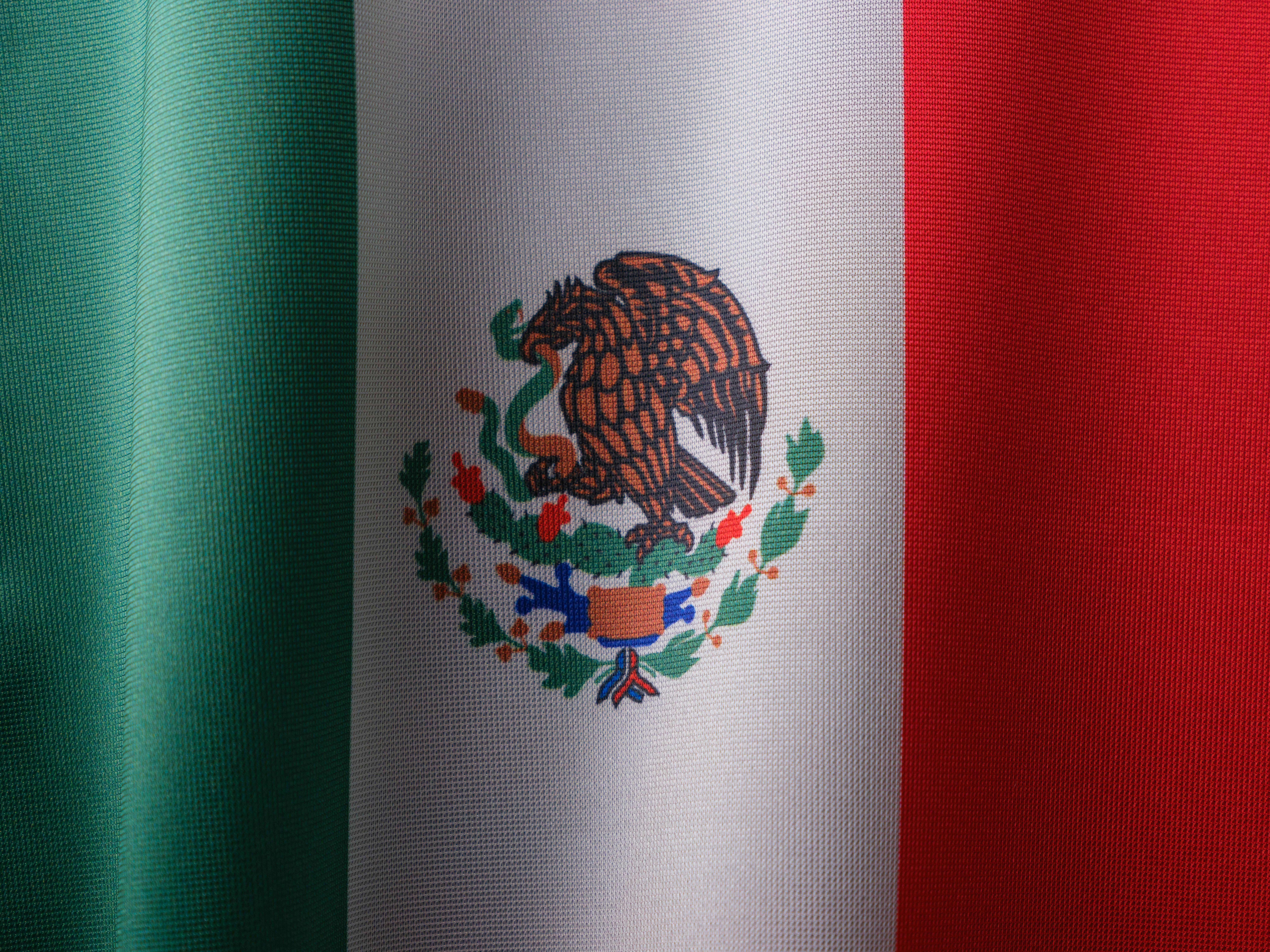Have you ever considered adding nopal to your gluten-free recipes? If not, you might want to. Nopal, also known as prickly pear cactus, is a versatile ingredient that brings unique nutritional and culinary benefits to your gluten-free meals. Let’s dive into how this incredible cactus can enhance your diet.

What is Nopal?
Nopal refers to the pads of the prickly pear cactus, a plant native to Mexico and the southwestern United States. It’s a traditional ingredient in Mexican cuisine and is celebrated for its rich nutritional profile and culinary versatility. The pads themselves are flat and oval-shaped, with a slightly tart flavor and a texture similar to green beans when cooked.
Nutritional Profile of Nopal
Nopal is a nutritional powerhouse. Here’s an overview of its key nutrients:
| Nutrient | Amount per 100g |
|---|---|
| Calories | 16 kcal |
| Protein | 1.32g |
| Carbohydrates | 3.09g |
| Dietary Fiber | 2.2g |
| Vitamin C | 14mg (23% DV) |
| Calcium | 164mg (16% DV) |
| Magnesium | 52mg (13% DV) |
This humble cactus is low in calories and rich in fiber, vitamins, and minerals, making it a fantastic addition to a balanced diet, especially if you follow a gluten-free lifestyle.
Health Benefits of Nopal
The health benefits of incorporating nopal into your diet are numerous. Let’s explore the major health perks in detail.
Gluten-Free and Anti-Inflammatory
One of the primary benefits of nopal is that it’s naturally gluten-free, making it a safe and beneficial addition for those with celiac disease or gluten sensitivity. Additionally, nopal possesses anti-inflammatory properties due to its rich concentration of antioxidants like vitamins C and E. Reducing inflammation can promote overall health and aid in managing autoimmune conditions associated with celiac disease.
Rich in Dietary Fiber
Dietary fiber is crucial for maintaining a healthy digestive system, and nopal is an excellent source of it. Fiber aids in regulating bowel movements, preventing constipation, and promoting a healthy gut microbiome. For those on a gluten-free diet, getting sufficient fiber can sometimes be challenging, making nopal an ideal ingredient.
Supports Blood Sugar Management
Nopal has been shown to help regulate blood sugar levels, which is particularly beneficial for people with diabetes or those looking to maintain stable energy levels throughout the day. Studies suggest that the high fiber content and specific compounds in nopal can reduce the post-meal blood sugar spike.
Weight Management
With its low calorie but high nutrient profile, nopal can be an effective ally in weight management. Its high fiber content helps you feel full longer, curbing hunger pangs and aiding portion control. Additionally, stable blood sugar levels can help prevent cravings for sugary foods, further assisting in maintaining a balanced diet.
Promotes Bone Health
Calcium and magnesium are vital for maintaining healthy bones, and nopal is a good source of both. Incorporating nopal into your gluten-free recipes can help ensure you get enough of these essential minerals, supporting bone health and reducing the risk of osteoporosis.
Culinary Benefits of Nopal in Gluten-Free Recipes
Nopal isn’t just nutritious; it’s also incredibly versatile in the kitchen. Here are some ways nopal enhances gluten-free cooking.
Unique Flavor and Texture
Nopal offers a slightly tart yet refreshing flavor that can add a unique twist to your dishes. Its texture is somewhat similar to green beans or asparagus, providing both crunch and softness depending on how it’s prepared. This versatility can elevate the sensory experience of your gluten-free meals.
Enhances Traditional and Contemporary Recipes
From traditional Mexican dishes to modern culinary creations, nopal can fit seamlessly into a variety of recipes. Whether it’s added to salads, incorporated into stir-fries, or blended into smoothies, the possibilities are endless.
Acts as a Thickening Agent
One of the lesser-known uses of nopal is its ability to act as a thickening agent. When cooked, it releases a gel-like substance that can be used to thicken soups, stews, and sauces. This natural thickening property is particularly useful in gluten-free cooking where conventional thickening agents like flour aren’t suitable.
Adds Visual Appeal
The vibrant green of nopal pads can add a pop of color to your dishes, making them more visually appealing. A visually attractive meal not only looks appetizing but can also enhance your overall dining experience.
How to Prepare Nopal for Cooking
Before diving into recipes, it’s essential to know how to properly prepare nopal.
Cleaning and De-spining
Nopal pads are covered in spines that must be removed before cooking. Here’s a step-by-step guide:
- Wear gloves to protect your hands.
- Rinse the nopal pads under cold water.
- Use a sharp knife to scrape off the spines and the bumpy nodes where they grow from.
- Rinse again to remove any remaining debris.
Cutting and Cooking
Once cleaned:
- Cut the pads into small strips or dice them, depending on your recipe.
- Boil or sauté them for about 10-15 minutes until they’re tender.
- Drain and rinse if you want to remove the slimy texture, which is similar to that of okra.

Delicious Gluten-Free Nopal Recipes
Nopal Salad
A fresh and vibrant salad that captures the essence of Mexican cuisine.
Ingredients:
- 2 cups boiled and sliced nopal
- 1 cup cherry tomatoes, halved
- 1 small red onion, thinly sliced
- 1/4 cup cilantro, chopped
- Juice of 2 limes
- Salt and pepper to taste
Instructions:
- Toss all the ingredients in a large bowl.
- Season with lime juice, salt, and pepper.
- Mix well and let sit for 10 minutes before serving.
Nopal Stir-Fry
A quick and easy stir-fry that blends nopal with other veggies.
Ingredients:
- 2 cups nopal, cut into strips
- 1 red bell pepper, sliced
- 1 yellow bell pepper, sliced
- 1 small zucchini, sliced
- 2 cloves garlic, minced
- 2 tbsp olive oil
- Salt and pepper to taste
Instructions:
- Heat olive oil in a large pan over medium heat.
- Add garlic and sauté until fragrant.
- Add nopal, bell peppers, and zucchini. Stir-fry for 10-15 minutes until tender.
- Season with salt and pepper. Serve hot.
Incorporating Nopal into Your Daily Meals
Adding nopal to your routine doesn’t have to be complicated. Here are some creative ideas:
Smoothies
Blend a small piece of raw nopal pad into your favorite fruit smoothie. It adds a nutrient boost without significantly altering the flavor.
Soups and Stews
Use cooked nopal as a thickening agent or simply as another veggie in your soups and stews.
Tacos and Wraps
Add sautéed nopal strips to your gluten-free tacos or wraps for extra flavor and nutrition.
Egg Scrambles
Incorporate diced nopal into your morning egg scramble for a refreshing twist.

Conclusion
Nopal is a fantastic ingredient to include in your gluten-free recipes, offering a myriad of health and culinary benefits. Its rich nutritional profile, anti-inflammatory properties, and unique flavor make it a valuable addition to any kitchen. By exploring various ways to prepare and incorporate nopal into your meals, you can enjoy not only its health perks but also its culinary versatility. Next time you’re looking to add something new to your gluten-free diet, consider giving nopal a try. You might just find it becoming a staple in your culinary repertoire.

